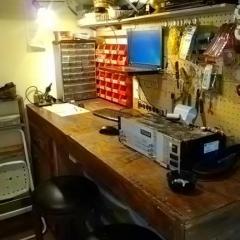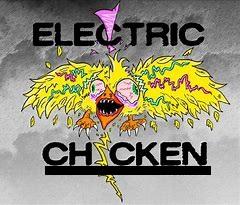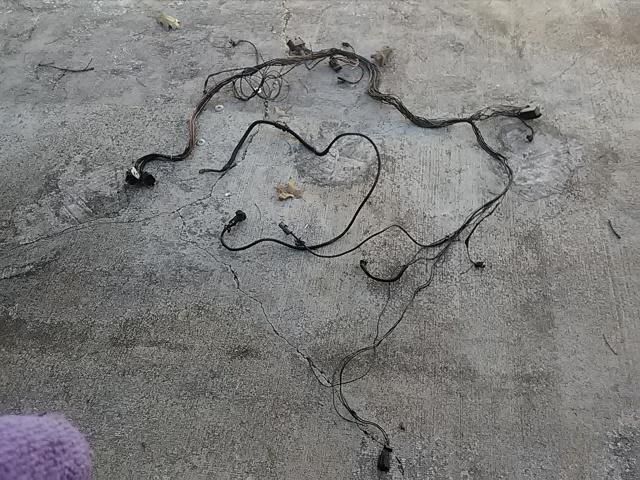- Replies 217
- Views 47.3k
- Created
- Last Reply
Top Posters In This Topic
-
Mopar1973Man 44 posts
-
outlaw7 27 posts
-
JAG1 26 posts
-
W-T 21 posts
Most Popular Posts
-
Mike is correct...the large current load on these 3 phase hairpin stators in conditions where all the available current is delivered does tax the design of the factory alternators. The diode's are all
-
I must admit there are many keen minds pondering this subject matter and I'm almost afraid to continue on this path but, nothing worth while is easy. BTW...I'm still working so, when you n
-
@Dieselfuture Yes Sir, you are correct, multi pin weather-boot connectors should be dressed with Electronic Grade Silicon grease. It's a clean product and benefits small signal or low voltage contact








The truck I just got is on its 3rd alternator in a couple years according to previous owner, all have had diode failures causing the TC lock/unlock condition. Assuming that a quality high amp alternator is going to last longer than a over the counter replacement unit..
I was looking at nations alternators but the one for the 24v diesel looks to have a 2 pin plug on the back of it but mine has 2 ring terminal studs. Im new to dodge and cummins. What am I missing here? Does the 98 24v have one off parts or something??